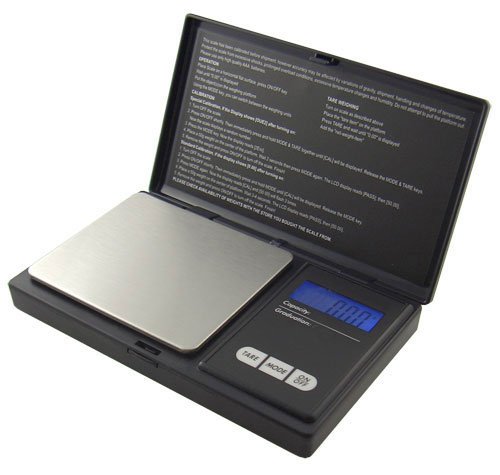Mash pH is a dynamic thing.
It is advisable to take a mash sample 20-30 mins into the mash. It doesn't matter if you have grains in the sample.
Cool the sample to the same temperature you calibrated your meter at. Typically this will be room temperature ~75F
It is not a good idea to place the meter's probe in a hotter sample for two reasons.
- The pH will be lower than at room temperature. (pH readings are typically referenced at room temperature)
- Exposure to hotter fluids can shorten the lifespan of a probe.
Don't try to make any adjustments on the fly to your mash pH. Simply compare the actual pH to the planned pH and tweak any future adjustments to subsequent mashes. This is particular useful if brewing the same or a very similar beer at a later date.
Example: Bru'n water typically predicts my mash pH to be 0.1 higher than I measure it to be so I allow for that in my mash planning. ( I use acidulated malt as needed). If I want a pH of 5.4 I target 5.5 in the software*.
*I'm not knocking the great software tool. This error may not be simply related to the software but is possibly due to cumulative errors in my exixting water report from over a year ago and calibration errors on my part.
Another way to nail things down is by doing a minimash and testing it. The same water and grain rations must apply if this is to be of use. I have not done this as yet.
Hope this helps.










